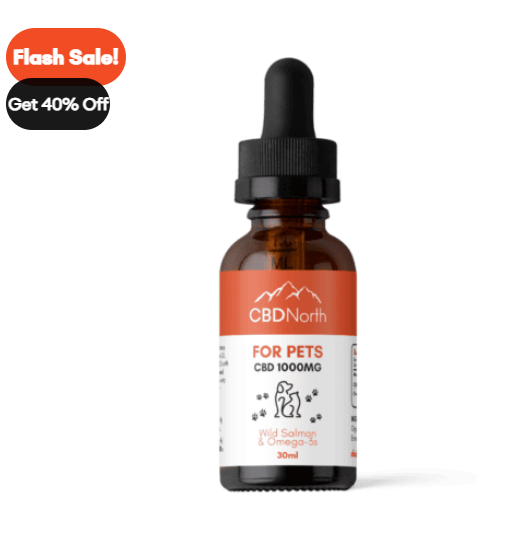Canine anxiety affects millions of pets worldwide, manifesting through destructive behaviours, excessive barking, and withdrawal from social interactions. Many dog owners seek natural alternatives to traditional medications that may cause unwanted side effects. CBD oil for dogs has emerged as a promising solution, offering therapeutic benefits without the psychoactive components found in conventional cannabis products.
Anxiety symptoms recognition
Dogs express anxiety through various behavioural and physical manifestations that pet owners should monitor carefully. Excessive panting, trembling, and restlessness often indicate stress levels that require intervention. Destructive behaviours such as chewing furniture, scratching doors, or digging holes frequently stem from separation anxiety or environmental stressors.Physical symptoms include loss of appetite, changes in bathroom habits, and excessive shedding during stressful situations. Some dogs may become overly clingy while others withdraw completely from family interactions. Recognising these early warning signs allows pet owners to address anxiety before it escalates into more severe behavioural problems that could affect the entire household dynamic.
Natural cannabinoid benefits
CBD interacts with the endocannabinoid system in all mammals, including dogs, to promote balance and homeostasis throughout the body. This natural compound helps regulate mood, pain perception, and stress responses without creating dependency or tolerance issues commonly associated with pharmaceutical interventions.The calming effects of CBD work by enhancing the body’s natural ability to manage stress hormones like cortisol. Research suggests that CBD may help increase serotonin levels, which play a crucial role in mood regulation and anxiety management. Unlike synthetic medications, CBD supports the body’s existing biological processes rather than forcing artificial chemical changes that may disrupt normal functioning.
Dosage and administration
Proper dosing requires careful consideration of multiple factors to ensure safe and effective treatment:
- Start with the lowest recommended dose based on your dog’s weight
- Monitor your pet’s response for at least one week before adjusting amounts
- Administer CBD oil directly under the tongue for the fastest absorption
- Mix with food if your dog resists direct administration methods
- Maintain consistent timing to establish a routine and maximise therapeutic benefits
Most veterinarians recommend beginning with 0.2mg per pound of body weight twice daily. Smaller dogs typically require more precise measurements, while larger breeds may need higher concentrations to achieve the desired effects. Always consult a veterinary professional before beginning any new supplement regimen, especially if your dog takes other medications.
Wellness improvements observed
Pet owners frequently report multiple positive changes following consistent CBD supplementation:
- Improved sleep quality and more restful nighttime behaviour
- Reduced reactivity to environmental triggers like thunderstorms or fireworks
- Enhanced appetite and more regular eating patterns
- Increased willingness to engage in social activities and play
- Better mobility and reduced stiffness in senior dogs with joint issues
These improvements often become noticeable within two to four weeks of consistent administration. Many dogs show increased confidence during previously stressful situations, such as veterinary visits or car rides. The cumulative effects of CBD appear to build over time, with many pet owners reporting continued improvements even months after beginning treatment protocols.
CBD oil represents a natural approach to managing canine anxiety while supporting overall wellness through the endocannabinoid system. When appropriately administered with appropriate dosing and quality products, many dogs experience reduced stress responses and improved quality of life. The growing body of research supports CBD’s potential as a safe, effective supplement for anxious pets seeking relief from behavioural and physical symptoms.


